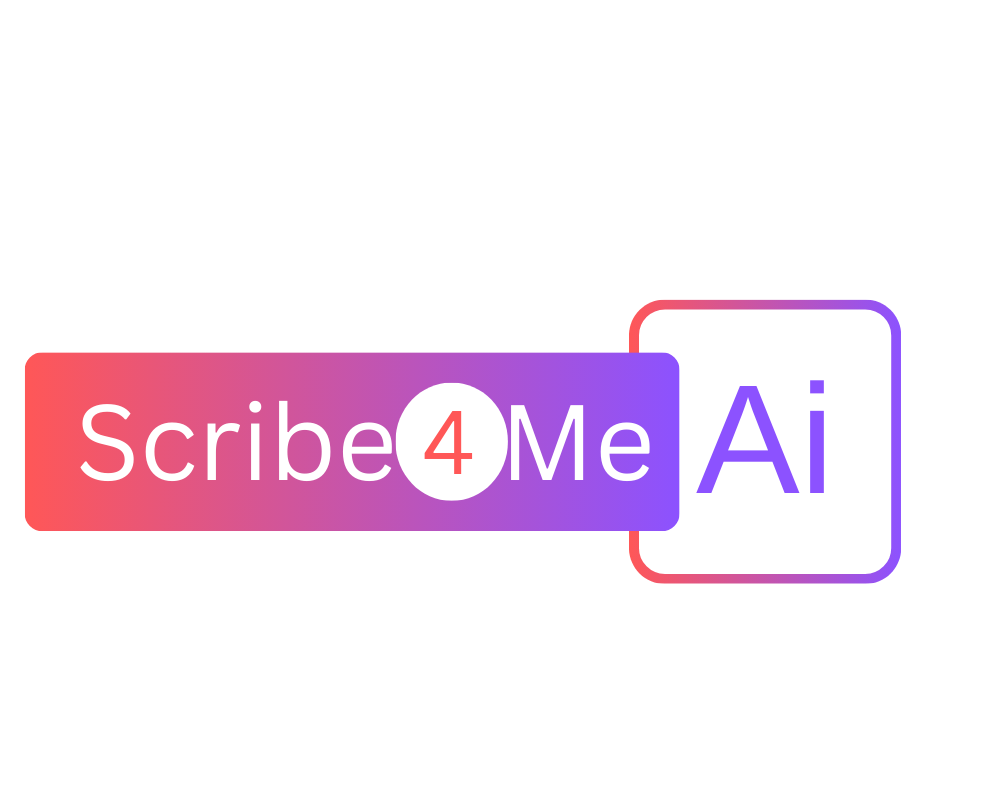

A Guide To Getting The Most Out Of An AI Scribe
Clinical documentation has become increasingly burdensome for physicians, leading to burnout and dissatisfaction. The time spent on data entry and clerical tasks during patient visits often gets in the way of meaningful communication, affecting physicians’ ability to provide effective and empathetic care. This is where an AI medical scribe can help! This AI-powered tool, which can create instantaneous SOAP notes, has the potential to significantly reduce documentation burden, improve physician-patient interactions, and enhance physicians’ capabilities. But how do you pick the right AI scribe and optimize its use? In this guide, we’ll walk you through the key factors to consider and best practices for making the most of this technology.
Why Consider An AI Medical Scribe?
Typically, traditional medical documentation can be time-consuming. Physicians often spend several hours each day on EHRs, which results in increased administrative fatigue and reduced patient interaction. AI-powered scribes help with these issues by automatically generating the notes. They improve efficiency by transcribing patient visits in real time and using advanced language processing for accurate notes. Moreover, AI scribes are an affordable option than human scribes, helping to cut overhead costs while boosting productivity. They’re available 24/7 making them a flexible solution for physicians with varying schedules. Having these benefits in mind, it’s important to pick an AI scribe that best fits your practice’s needs.
What To Keep In Mind While Choosing the Right AI Medical Scribe
When choosing the right AI medical scribe for your practice, it is important that you keep in mind the following factors.
- EHR Integration: Ensure that the AI scribe seamlessly integrates with your current EHR system, be it Epic, Cerner or others, to facilitate smoother workflows
- Specialty-specific Feature:Every medical specialty has unique documentation needs. Make sure to choose the one that offers features tailored to your specialty.
- Data security:Make sure the AI system complies with HIPAA guidelines to protect patient information. Choose providers that employ strong encryption and security protocols.
- Accuracy and Adaptability: Look for one that offers a high-level of accuracy, ideally over 95% and adapts to your specialty terminology and unique workflows.
- Ease of Use:The AI scribe tool should make your documentation easier, not harder. Look for a user-friendly interface that allows for easy navigation and use.
- Training and Support:Go with a provider that offers thorough training and ongoing support to help your team adapt to the new technology.
- Efficiency and Consistency:Consider its efficiency rate – the medical note turnaround time, along with its ability to understand complex medical terminology, to reduce manual editing.
- Customization Option: The AI scribe should allow for customization to fit your specific needs, such as adding unique fields and templates for your practice.
- Cost-effectiveness:Improve efficiency while staying within your budget. Choose the one that provides great value without costing you much.
- Accessibility: Ensure the AI scribe works on multiple devices so providers can easily access patient information. They can switch devices easily to view notes.
Best Practices To Get The Most Out Of Your AI Scribe
Get the most out of your AI scribe by following these simple strategies.
- Pilot Program:Begin with a pilot program to give AI scribe a try. This helps to spot any issues, make changes and get ready for a full rollout.
- Customization: AI scribes come with customizable templates and macros. Work with the vendor to customize these features to align with your practice's workflows.
- Training: To fully benefit from an AI scribe, it’s important to understand its features. Invest time in training your providers to master the tool and improve care quality.
- Proper Usage:Speak clearly. Stay close to the microphone and reduce background noise. This helps to capture information effectively and transcribe accurately.
- Monitoring and Feedback:Monitoring their performance is crucial. Regularly check the accuracy of notes and provide feedback to improve future documentation.
- Human Oversight:AI scribes are powerful tools, but not perfect. Make sure to review and approve the notes to ensure accuracy and support high-quality care.
- Regular Updates:AI systems need regular updates for security and performance. Ensure that your AI scribe provider offers ongoing support to keep it running effectively.
Conclusion
Using an AI scribe can greatly help you in reducing documentation burdens and enhancing patient care. By choosing the right AI medical scribe and following best practices, you can take full advantage of what AI has to offer. Scribe4Me.AI’s proprietary AI scribe is designed to generate accurate, structured notes in just a matter of few seconds. Yes, you heard that right –in seconds. Don’t just take our word for it. Try for yourself and see! Call us and schedule a demo today!


